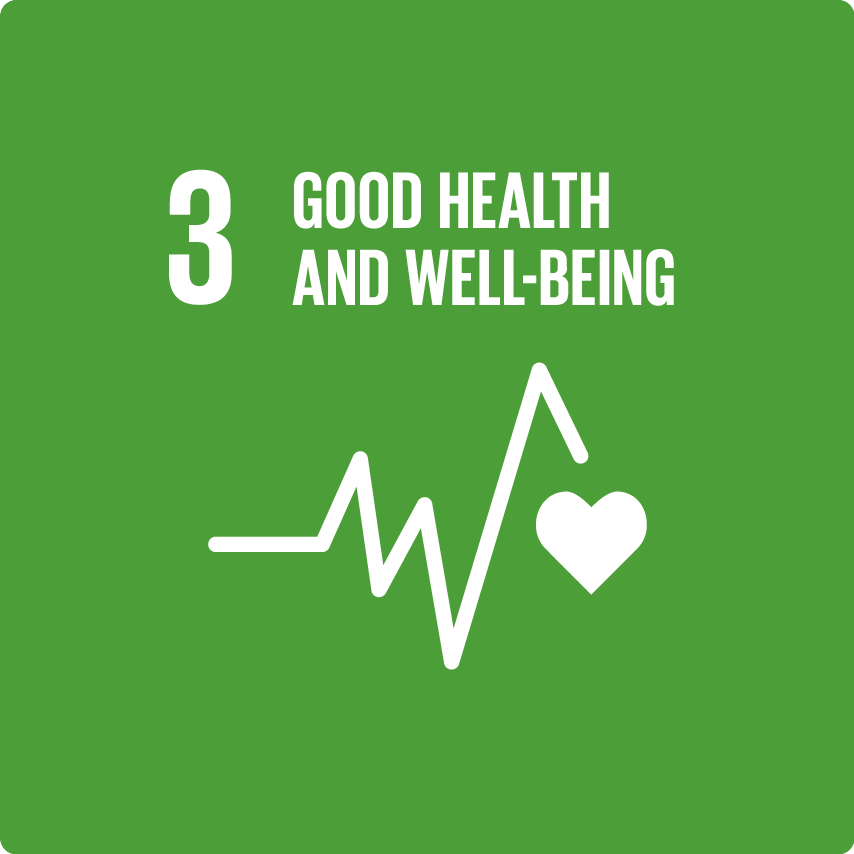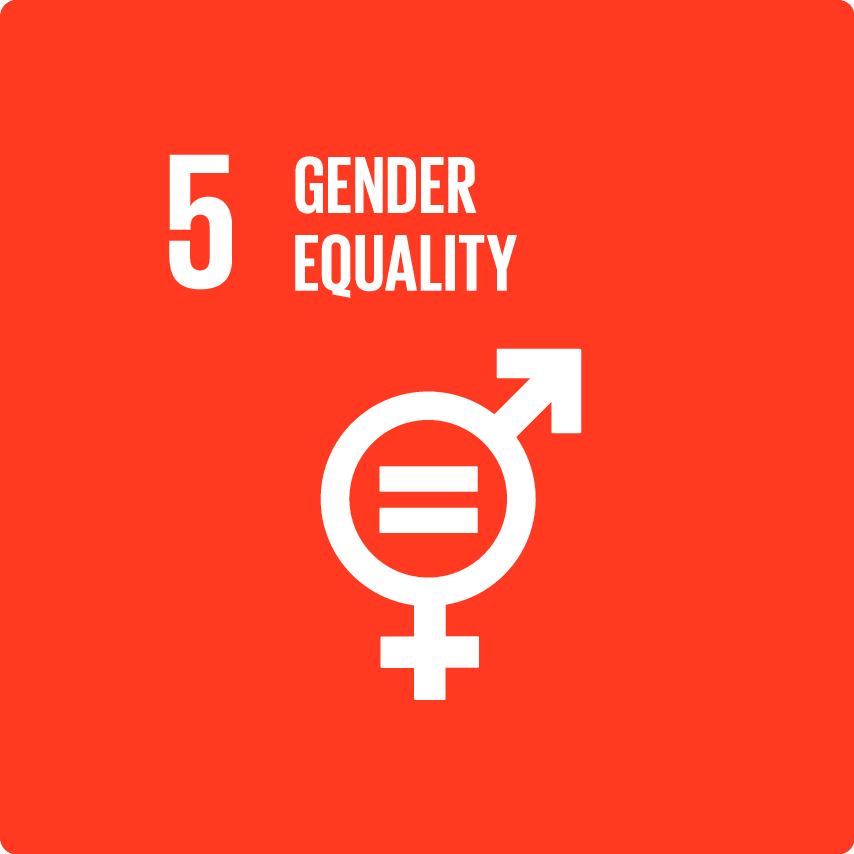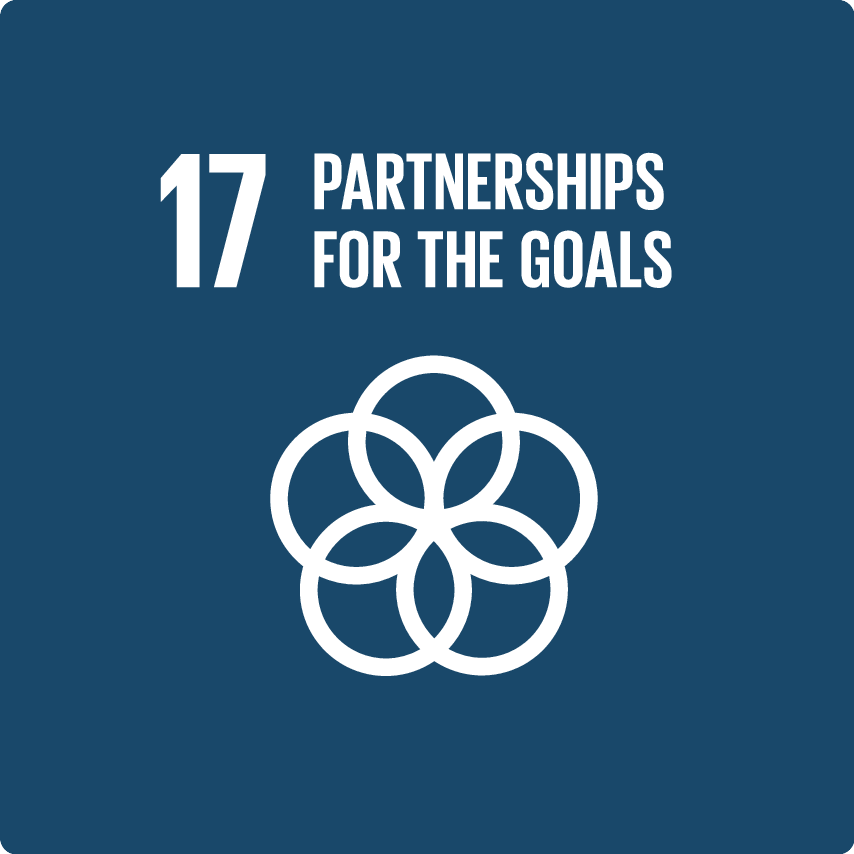Takeda and World Vision, Healthy Village Projects – Reducing preventable deaths among mothers and children
This multi-country Global CSR Program partnership focuses on building the capacity of 1,400 community health workers to reduce preventable deaths by providing 500,000 people with knowledge and services related to healthcare.
SEE ALL PARTNER ORGANIZATIONS
Objectives
Reduce preventable deaths among mothers and children by providing local communities with knowledge and services related to healthcare.
Outcome 1 – Pregnancy, safe delivery and newborn care: reduce vulnerability to the risk of pregnancy, childbirth, and neonatal care for women and neonates in the project areas.
Outcome 2 – Childhood illness and malnutrition (children under 5): reduce vulnerability to malnourishment and diseases in children under five in the project areas.
Preventable deaths among mothers, pregnant women and under-5 children are still very high in remote areas and low-resource settings in India, Nepal, Bangladesh and Afghanistan.
– Nepal: The program focuses on the far-western development region in Doti District. It is in steep hilly areas and most of the men work far from home while the elderly, women, and children are left behind. Many people cannot receive
basic social services such as education and health service. Due to its hard-to-reach terrain and very limited access to healthcare resources, there are malnutrition of pregnant women/children due to chronic food deficiency and/or
heavy labor, a total lack of medical institutions at the community level, difficulty accessing quality health services, and lack of knowledge of safe pregnancy, childbirth, and childcare (including neonates)
– Bangladesh: The program focuses on the Dinajpur in the Rangpur Division. Majority of residents are in the poorest group, called “ultra-poor.” Discrimination against women and early marriage of girls, minorities, and people
(specifically children) with disabilities is a major challenge. Lack of access to quality healthcare services especially among rural areas is an ongoing issue. There is malnutrition of children aged <5 years due to poverty, food
deficiency and lack of knowledge.
– India: The program focuses on the Khurai region in the Sagar District of Madhya Pradesh where the poverty rate is higher and regional disparities are greater than national averages. In Khurai region, 75% of residents are among the
poorest of the poor. (Average income ≤ $25/month). The ratio of scheduled caste and scheduled tribes in residents is high. Identified needs in the region include shortage of medical institutions. In particular, the sub-health centre,
which is the closest medical institution to the residents, does not function. The quality of frontline workers working at a community level is low and the guidance and supervision by the administrative agency is insufficient. Serious
malnutrition (both mothers and children), and open defecation.
– Afghanistan: The program focuses on the Herat Remote area. The ongoing conflict has resulted in a significant lack of healthcare workers. No access to healthcare services in colonies and rural villages. The issue of public security is
a major obstacle to local development and prevents access to basic social services. Since the Taliban takeover of Afghanistan, the program shifted focus to mobile health and nutrition clinics providing life-saving care to 5,000 to
10,000 internally displaced women, men and children
The project targets most under-served areas and districts in these countries to strengthen community-level primary health care that contributes to achievement of ‘Healthy Village’ and reduction in maternal deaths and under-5 child deaths in remote areas and low-resource settings. Providing local communities with knowledge and services to reduce vulnerability to malnourishment and diseases in under-five children and mitigate risks among pregnant women.
– In Nepal, the program focuses on the far-western development region in Doti District. The project area covered a target population of 31,163 people in 9 wards (Kalikasthan, Dahakalikasthan, Mahadevsthan, Lamikhal, Girichhauka,
Banjhkakakani, Kande, Chhapali, and Tikha) in 3 Municipalities (Dipayal Silgadhi Municipality, Adarsha Rural Municipality, Sayal Rural Municipality). Doti District is located in the Sudurpashchim Pradesh Province.
– In Bangladesh, the project targeted population of 205,024 people in Biral upazilla and Birganj upazilla in Dinajpur District, in Rangpur Division, with the aim to contribute to the improved health status of pregnant women, lactating ,
mothers and children, by building the area’s capacity on Maternal and Child Health and Nutrition—through training and strengthening the capacity of community volunteers, community groups, community health workers, and the supervision
system in the community.
– In India project targeted to reach a population of 189,199 in Khurai Block, Sagar District, Madya Pradesh State, India (population of Sagar District in Census 2011), with 99,732 males, 89,467 females, and approximately 19,463 children
under five years old.
– In Afghanistan, due to the situation in the country, the project has been rescoped to deliver primary lifesaving health services to vulnerable communities in Herat Islam Qala Checkpoint area, Kamarkalagh and Shokofan, where 44,700 of
poor population is living.
Results and milestones
In all program countries, the project achieved significant improvements in maternal and child health, including below, which were the findings of the mixed-method evaluations of the 5-year program conducted in 2021:
In Nepal, among the target population of 31,163 people, the project achieved the following results:
• 192 Female Community Health Volunteers (FCHVs) trained
• 629 peer educators trained
• 7,342 men and in-laws of households with pregnant women, lactating mothers, and mothers of children under 5 have oriented on safe pregnancy and delivery
• 9,456 participated in handwashing events
• 22,557 people in households installed with handwashing corner
• 7,749 children under 5 years old assessed health status
• 1,239 children admitted to the Nutritional Rehabilitation Centre
• 63 facilities that received medical equipment to ensure all basic services could be provided
• 6 new Community Health Units (CHU) with resident health workers providing regular services
These outputs contributed to the following impact on the health and lives of women and children among the targeted population:
• Maternal Health: Women accessing 4 ANC visits increased by 13.7 points from 81% at to 94.7%; the proportion of women delivering at a health facility increased by 13.8 pointsfrom 77.2% to 91.0%, and delivery by skilled birth attendant
increased by 74.8 points from 16.5% to 91.3%. In addition, 80.7% of women, reported receiving a home visit during pregnancy.
• Essential newborn care: was nearly universally practiced with 96.9% of caregivers with children 0-23 months reportedly receiving this care at the birth of their last child.
• IYCF: significant improvements in early initiation of breastfeeding with an increase by 33.5 points from 59.0% at baseline to 92.5%, and exclusive breastfeeding in children 0-5 months remained high at 87.5%. The majority of children,
75.2% for children 6-23 months of age, and 75.9% for children 24-59 months, reportedly received a minimum acceptable diet, meeting the requirements for both diversity and frequency.
• Access to health services: Most families, 77.2%, could access a health facility within 30 minutes of their home, and while 98.4% of caregivers felt that health services improved from before the project, only 61% felt that the quality
of health services provided by their local health facility was adequate, indicating the need for continued improvements in the quality of care.
In Bangladesh, among the target population of 205,024 people, the project achieved the following results:
• 261,568 household were visited by Community Promotors
• 56,000 community members received orientation on basic knowledge of health and nutrition
• 6,616 individuals in Community Groups and Community Support Groups were trained
• 56,462 men and women benefited by Health Volunteers by receiving training and orientation on safe motherhood risks and preventive measures
• 43,796 children were reached by Health Volunteers and Community Clinics for Growth Monitoring and Promotion
• 251 Traditional Birth Attendants were trained
• 4,285 pregnant women completed their Birth Preparedness Plan with help from Health Volunteers
• 5,984 children who received micronutrients
• 5,849 people participated in Food Demonstration sessions
• 440 medical providers received training on newborn care
These outputs contributed to the following impact on the health and lives of women and children among the target population:
• Maternal Health: Women accessing 4 ANC visits increased by 25.8 points from 59.1% at to 84.9%; and the proportion of women delivering at a health facility increased by 22 points from 47.2% to 69.2%. In addition, 99.3% of women, reported receiving a home visit during pregnancy. Proportion of women who had at least two Post-natal care visits increased by 31.3 points from 63.9% to 95.2%. In addition, 78.1% of women reported giving birth with the assistance of a skilled birth attendant.
• Essential newborn care: was nearly universally practiced with 92.3% of caregivers with children 0-23 months reportedly receiving this care at the birth of their last child. IYCF: significant improvements in early initiation of breastfeeding from 32.4% at baseline to 93.3%, and exclusive breastfeeding in children 0-5 months improved with 90.6% of infants reportedly exclusively breastfed at the time of the evaluation compared to 48.9% at baseline.
• Access to health services: Most families, 75.2%, could access a health facility within 30 minutes of their home. While 98.1% of caregivers felt that health services improved from before the project, only 60.7% felt that the quality of health services provided by their local health facility was adequate, indicating the need for continuously improve the quality of care.
In India, among the target population of 189,199 people, the project achieved the following results:
• 247,947 individuals visited by Peer educators (cumulative)
• 1,797 of health workers received capacity building training
• 28,352 adolescent boys and girls learned relevant health messages and participated in “Empowerment Model”
• 1,842 children treated for severe acute malnutrition
• 5,116 parents with children under 5 years old counselled on health timing and spacing of pregnancy (HTSP)
• 2,000 VHSNC members participated in training sessions on the prevention and treatment of child illness and acute malnutrition
• 4,698 pregnant women took part in Satmasa program (counselling sessions aiming to prepare women for upcoming birth of their child)
• 18,143 children under 6 growth monitored
• 68 of Anganwadi Centers / health facilities renovated and provided with equipment
These outputs contributed to the following impact on the health and lives of women and children among the target population:
• Breastfeeding: Proportion of Children 0-5 months who are exclusively breastfed increased by 83.3 points from 9.6% to 92.9%.
• Maternal Health: Proportion of mothers of children 0-59 months who had at least 4 Antenatal care (ANC) increased by 68.4 points from 11.4% to 79.8%. The increase of modern contraceptive use from Baseline to Endline resulted from the
better relationship fostered with the community to discuss Healthy Timing and Spacing of Pregnancy (HTSP) methods over time. Proportion of mothers of children 0-23 months who are currently using contraceptive increased by 34.9 points
from 31.8% to 66.7%.
• Child health: Management of childhood illness and home visits also improved significantly. Proportion of children 0-59 months who had diarrhea in the last 2 weeks and who had correct management of diarrhea was zero at the start of the
project, and increased to 90.5%. Diarrhea is a major cause of child malnutrition and underlying cause of preventable under-five deaths.
• Access to Health Facilities: Nearly 40% of caregivers reportedly can reach a health facility within 30 minutes of their home,. 100% of caregivers of children 0-59 months who participated in the survey (573 people) think that the
health services provided now is either better or much better.
In Afghanistan – Between 2016-2021, the project strengthened community primary health systems, with following results:
• Trained 265 Family Health Action Group (FHAG) members and community health workers trained in Home Based Life Saving Skill (HBLSS) training
• Trained 50 Community Midwives
• Trained 40 FHAG members and Community Midwives trained in mHealth
• Constructed 20 health facilities
After the Taliban takeover in 2021, the project was rescoped so that we can provide lifesaving primary care among the targeted population of 44,700 people. A mobile health and nutrition approach, the Takeda Mobile Health and Nutrition Team (MHNT), was set up:
• 18,864 community members have received health education sessions on case detection including malnutrition, referral, sign and symptom of the sick child, pregnancy danger signs, malaria and diarrhea prevention, COVID-19 risk
communication and community engagement Identified and rehabilitated 490 acute malnutrition children in a short period of time with active involvement of the community. These sessions also included Mental Health and disability
awareness raising and referral.
• Directly benefited total 14,135 vulnerable population (pregnant women and mothers, newborns and infants, children under 5-years old, children over 5 years and adolescents, women and men) to improve the health status
• Screened total of 2,320 children (1,126 boys and 1,194 girls) and identified and admitted 490 to the nutrition program
• 90% of children who were acute malnutrition recovered their health status (The project mobilized community health leaders and Community Health Workers to efficiently detect the malnutrition cases by measuring with Mid-Upper Arm
Circumference tape and get them immediately referred to the MHNT. As such, the communities actively referred many children to the MHNT and nutrition nurse to re-screen and admit those who met the criteria to the nutrition program and
with a short period of time, children who were malnourished had received the services in a timely manner.)
• 1,552 women received maternal services and 13 newborn babies received newborn care by MHNT
• Delivered health education messaging on prevention of communicable diseases to 18,864 people in the targeted area
Geographic Reach
- Eastern Mediterranean
- South-East Asia
Disease Area
- Other
Partner organizations
World Vision
Additional resources
Geographic Reach
Eastern Mediterranean
- Afghanistan
South-East Asia
- Bangladesh
- India
- Nepal


